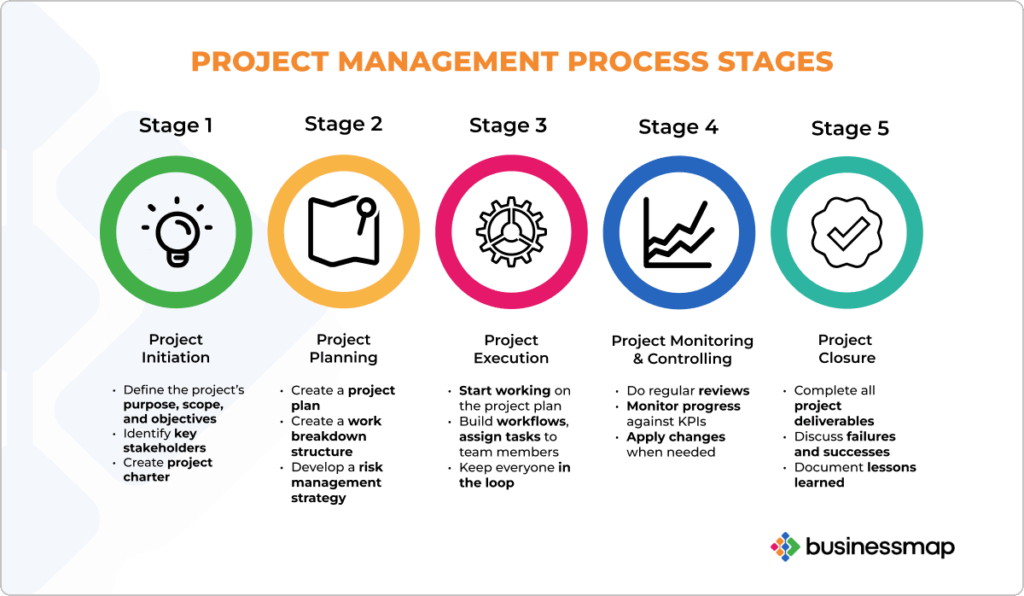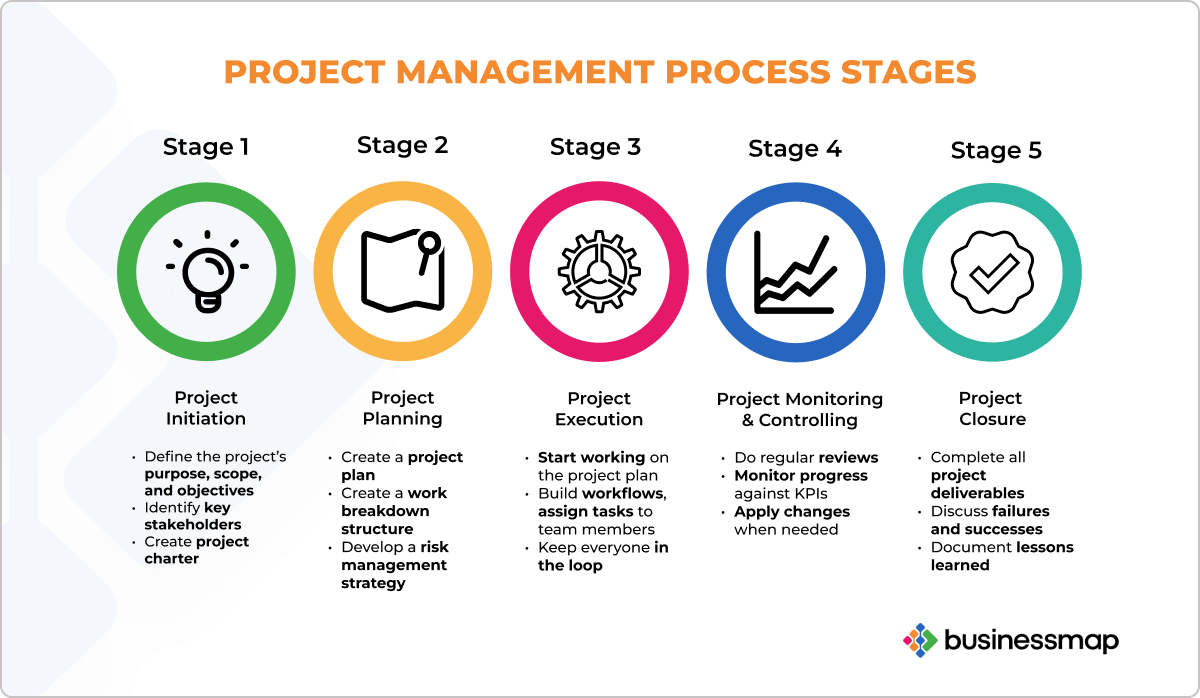
SRT in Project Management: Is the Stage Rehearsal Technique Right for You?
In the dynamic world of project management, staying ahead of potential pitfalls is crucial. One technique gaining traction for its proactive approach is the Stage Rehearsal Technique, often abbreviated as SRT. But what exactly is SRT in project management, and how can it benefit your projects? This article delves into the SRT methodology, exploring its core principles, benefits, and practical applications, particularly focusing on how it resembles a stage rehearsal and whether it’s the right fit for your team.
Understanding the Stage Rehearsal Technique (SRT)
The Stage Rehearsal Technique, at its core, is a risk management methodology. It involves simulating project activities and potential challenges in a controlled environment, much like actors rehearsing a play before the grand opening. This allows project teams to identify weaknesses, refine processes, and develop contingency plans before they encounter real-world obstacles. The ‘SRT‘ acronym itself becomes a reminder of the proactive steps required to ensure project success.
Think of it as a dress rehearsal for your project. Instead of simply planning and executing, you’re actively trying to break the plan in a safe space. By doing so, you uncover hidden assumptions, dependencies, and vulnerabilities that might otherwise derail your project. This proactive approach is what sets SRT apart from more reactive risk management strategies.
The Benefits of Implementing SRT in Project Management
The advantages of incorporating SRT into your project management framework are numerous:
- Early Risk Identification: SRT forces teams to think critically about potential risks and challenges early in the project lifecycle. This proactive approach allows for timely mitigation strategies.
- Improved Communication and Collaboration: The rehearsal process encourages open communication and collaboration among team members, fostering a shared understanding of project goals and potential obstacles.
- Enhanced Process Efficiency: By simulating project activities, teams can identify inefficiencies and optimize processes before they impact the actual project timeline and budget.
- Reduced Project Costs: Identifying and mitigating risks early on can significantly reduce the likelihood of costly delays, rework, or even project failure.
- Increased Stakeholder Confidence: Demonstrating a proactive approach to risk management can build confidence among stakeholders, assuring them that the project is in capable hands.
- Better Team Preparedness: SRT helps team members to practice problem-solving and decision-making under pressure, building confidence and improving their ability to handle real-world challenges.
How SRT Resembles a Stage Rehearsal
The analogy to a stage rehearsal is apt. Consider the elements of a theatrical production:
- The Script (Project Plan): The project plan serves as the script, outlining the project’s objectives, tasks, and timelines.
- The Actors (Project Team): The project team members are the actors, each with specific roles and responsibilities.
- The Stage (Controlled Environment): The rehearsal takes place in a controlled environment, allowing the team to experiment and make mistakes without real-world consequences.
- The Director (Project Manager): The project manager acts as the director, guiding the team through the rehearsal process and providing feedback.
During the rehearsal, the team runs through the project plan, simulating various scenarios and challenges. They identify potential roadblocks, refine their processes, and develop contingency plans. Just as actors rehearse their lines and movements, the project team rehearses their tasks and responses. The goal is to create a polished and seamless performance (project execution) on opening night (project launch). This proactive approach using SRT helps ensure a smoother project lifecycle.
Implementing SRT: A Step-by-Step Guide
Implementing SRT effectively requires a structured approach. Here’s a step-by-step guide:
- Define Project Scope and Objectives: Clearly define the project’s scope, objectives, and key deliverables. This provides a solid foundation for the rehearsal process.
- Identify Potential Risks: Brainstorm and identify potential risks and challenges that could impact the project. Consider both internal and external factors. This is crucial for effective SRT.
- Select Key Scenarios: Choose a few key scenarios that represent the most significant risks or challenges. Focus on scenarios that are likely to occur and could have a significant impact on the project.
- Develop Simulation Exercises: Design simulation exercises that mimic the selected scenarios. These exercises should be realistic and engaging, allowing team members to experience the challenges firsthand.
- Conduct the Rehearsal: Conduct the rehearsal in a controlled environment, allowing team members to role-play and simulate project activities. Encourage open communication and collaboration.
- Document Findings and Lessons Learned: Carefully document the findings and lessons learned during the rehearsal. Identify areas for improvement and develop contingency plans.
- Refine Project Plan: Incorporate the findings and lessons learned into the project plan. Update processes, timelines, and resource allocation as needed.
- Communicate Results: Communicate the results of the rehearsal to stakeholders, highlighting the potential risks that were identified and the mitigation strategies that were developed.
When is SRT the Right Choice?
While SRT offers numerous benefits, it’s not always the right choice for every project. Consider the following factors when deciding whether to implement SRT:
- Project Complexity: SRT is most beneficial for complex projects with a high degree of uncertainty.
- Project Budget: SRT requires an investment of time and resources. Ensure that the project budget can accommodate the rehearsal process.
- Team Experience: SRT is most effective when the project team has a good understanding of the project and the potential risks involved.
- Stakeholder Support: Securing stakeholder support is crucial for the success of SRT. Stakeholders must understand the value of the rehearsal process and be willing to invest the necessary resources.
SRT is particularly well-suited for projects involving new technologies, complex integrations, or significant regulatory changes. It can also be valuable for projects with a high degree of public scrutiny or potential for negative consequences. [See also: Risk Management Strategies for Project Success]
Examples of SRT in Action
Several industries have successfully implemented SRT to improve project outcomes. For example:
- Software Development: Software development teams can use SRT to simulate user testing, identify bugs, and refine the user interface.
- Construction: Construction companies can use SRT to simulate construction activities, identify potential safety hazards, and optimize workflows.
- Healthcare: Healthcare organizations can use SRT to simulate emergency response scenarios, improve patient care, and reduce medical errors.
- Manufacturing: Manufacturing companies can use SRT to simulate production processes, identify bottlenecks, and optimize efficiency.
In each of these examples, SRT provides a valuable opportunity for teams to practice and refine their processes before encountering real-world challenges. This proactive approach can lead to significant improvements in project outcomes.
Overcoming Challenges in Implementing SRT
While the benefits of SRT are clear, implementing it effectively can present some challenges:
- Resistance to Change: Some team members may be resistant to the idea of rehearsing project activities. It’s important to communicate the value of SRT and address any concerns.
- Time Constraints: SRT requires an investment of time, which can be a challenge for projects with tight deadlines. It’s important to prioritize the rehearsal process and allocate sufficient time for it.
- Lack of Resources: Implementing SRT may require additional resources, such as simulation software or expert facilitators. Ensure that the project has access to the necessary resources.
- Difficulty in Simulating Real-World Conditions: It can be challenging to accurately simulate real-world conditions in a controlled environment. It’s important to make the rehearsal as realistic as possible.
To overcome these challenges, it’s important to secure stakeholder support, communicate the value of SRT, and allocate sufficient time and resources for the rehearsal process. It’s also important to make the rehearsal as realistic as possible and to encourage open communication and collaboration among team members.
Conclusion: Is SRT Right for Your Project?
The Stage Rehearsal Technique (SRT) offers a powerful approach to risk management in project management. By simulating project activities and potential challenges in a controlled environment, teams can identify weaknesses, refine processes, and develop contingency plans before they encounter real-world obstacles. While SRT is not always the right choice for every project, it can be particularly valuable for complex projects with a high degree of uncertainty. If you’re looking for a proactive way to improve project outcomes and reduce the risk of failure, consider incorporating SRT into your project management framework. The potential benefits of using SRT, from early risk identification to enhanced team preparedness, make it a worthwhile consideration for any project manager aiming for success. Ultimately, the decision of whether or not to use SRT depends on the specific characteristics of your project and the resources available to your team. However, understanding the principles and benefits of SRT is a valuable asset for any project manager seeking to improve project outcomes.

